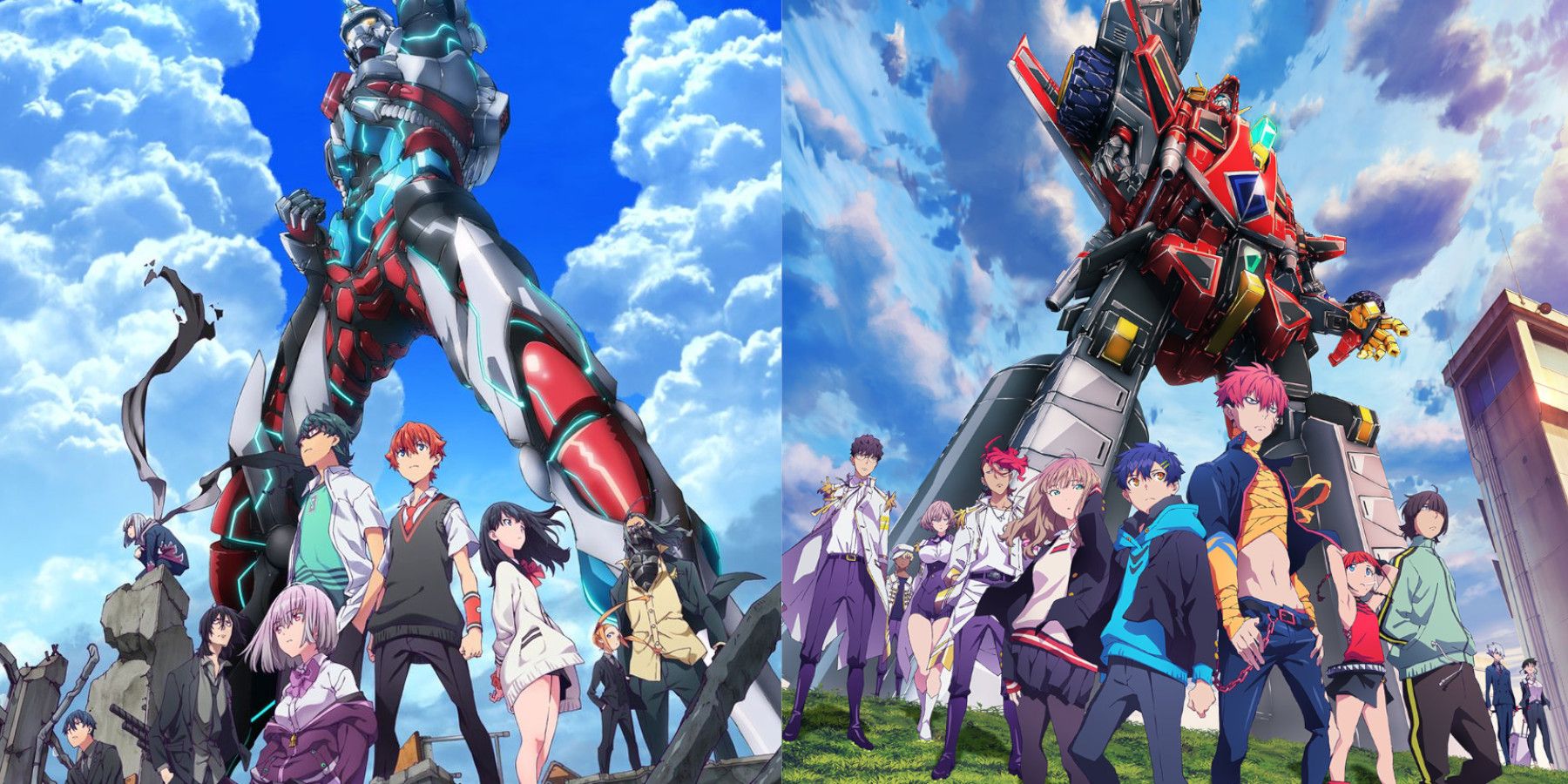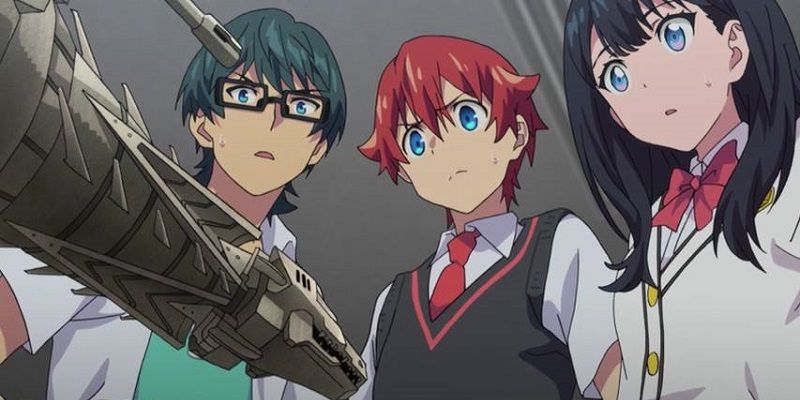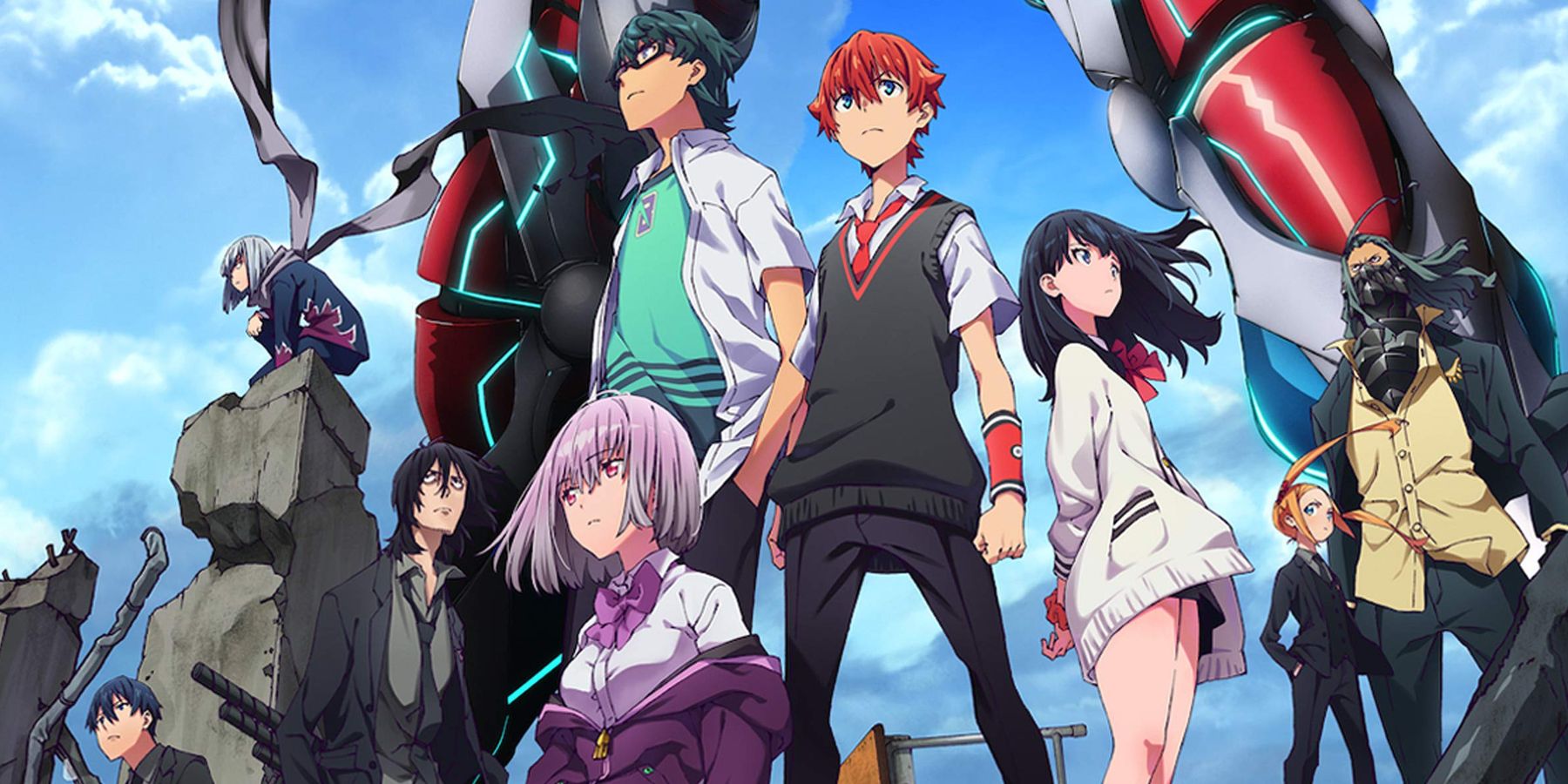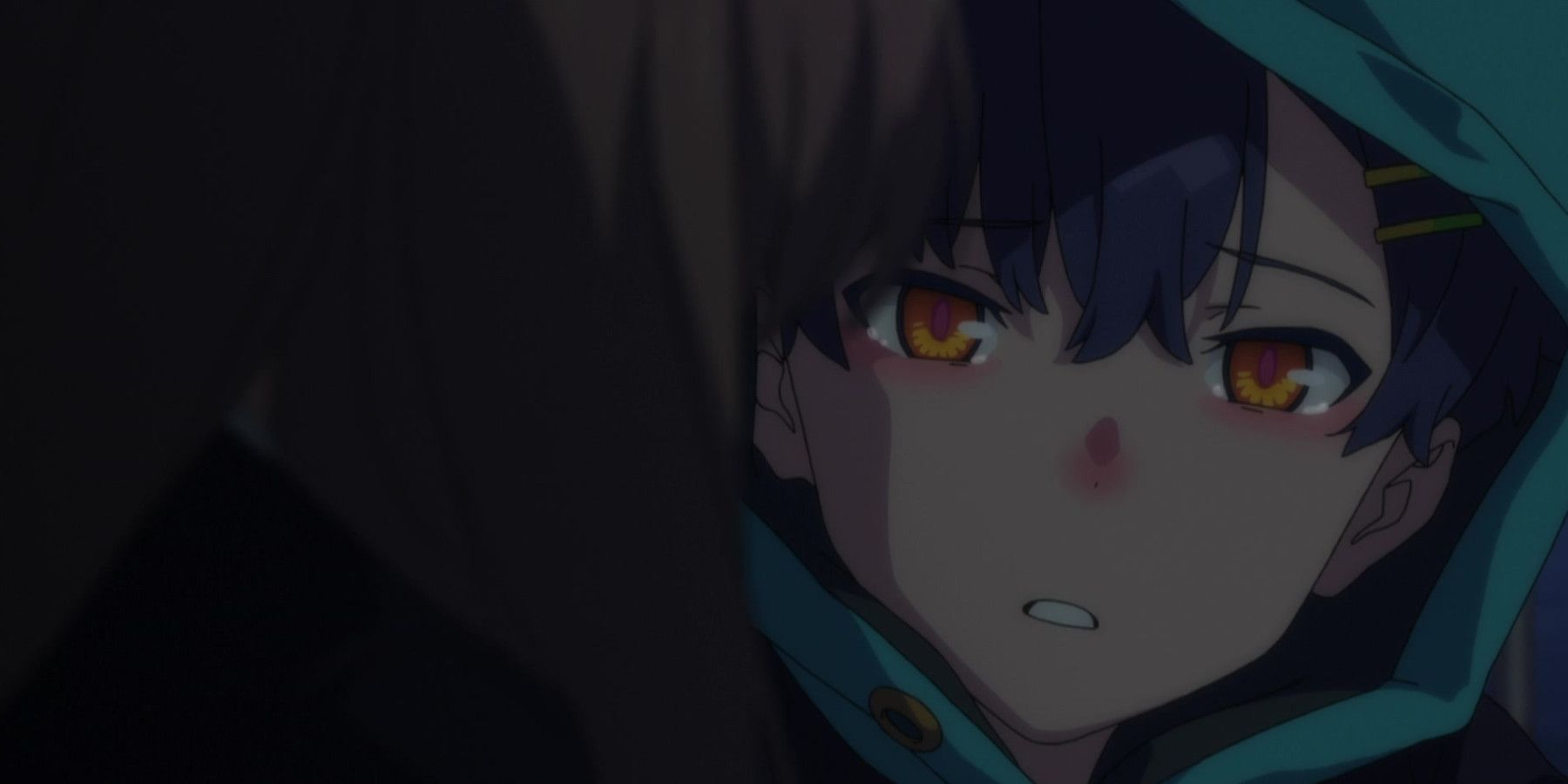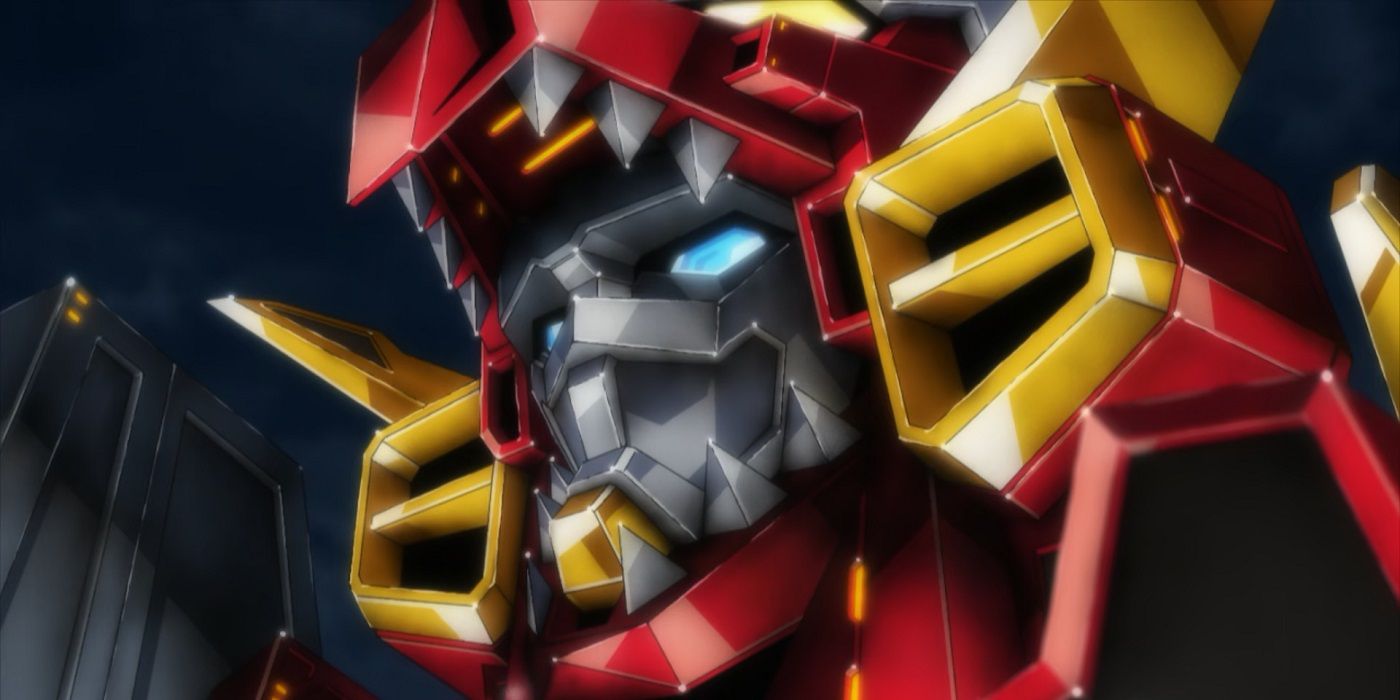There are plenty of proven and popular directors in the industry and at Trigger, Hiroyuki Imaishi and Yoh Yoshinari are the biggest names, whose styles have defined the studio's reputation. However, after SSSS.Gridman and SSSS.Dynazenon, everyone should know director Akira Amemiya. Amemiya's past work appears to some as a side-attraction in Trigger's repertoire, having directed the comedic Inferno Cop and the frankly much-hated Ninja Slayer. However, their career as a key animator can be traced through many of the Trigger/Gainax greats and beyond, making their turn as the director of Gridman quite interesting.
Many probably didn't even know it was the same guy, as Gridman appears as colorful and appealing as any other popular Trigger work from around that time. But as the show went on, it became clear that something was different, and it wasn't just that the story had twists and turns in store for its characters. This was something different from a studio that people can typically rely on for something very familiar, and that was exciting.
SSSS.Gridman
Gridman's initial buzz seemed typical of a Trigger show and after all, it was pretty weird, but for different reasons than usual. Gridman is about Yuuta Hibiki, a boy with amnesia who realizes he can speak with Hyper Agent Gridman through an old computer in a shop who tells him he needs to "remember their mission."
When kaiju start appearing, Yuuta has to enter the TV to transform into Gridman and appear in the city to fight kaiju, aided by his friends. But he and his friends realize that the day after they fight kaiju, the city returns to normal, completely fixed, and history is rewritten so that those that died are dead for different reasons.
A Darker Side of Trigger
There is a lot going on, and a lot of the formula is derived from classic Japanese tokusatsu, of which Gridman is an old character. However, there is a darkness under the surface that creeps its head the longer the show goes on, thanks in part to the antagonist of the story, Akane Shinjou.
Without spoiling much, Akane is working in tandem with another antagonist to create kaiju that will terrorize the city. Initially, it seems as though Akane is having her hatred towards others manipulated to kill off people she doesn't like, but the truth is even more frightening. As an antagonist, she's frightening, yet at the same time sad.
The horror of Gridman is subtle and mostly frightens once one considers the implications, as not a lot of the visuals are over explicit in their portrayal of death. By all accounts, this is a series that harkens back to classic Japanese stories about transforming heroes, and then further deconstructs that format to wring it for all it's worth.
Intentionally "Off"
In this way, Gridman takes what could have been a primarily humorous story and injects some very compelling drama that is acted in a very naturalistic style. The way characters act is fundamentally different from how performances would go in a more theatrical production like Hiroyuki Imaishi typically directs for Trigger.
A lot of the action is produced in CGI, what one would consider a centerpiece of the program, and this is what likely turns many off of this series, and its sequel. There are justifications of course, such as the dissonance between 2D and 3D mirroring classic tokusatsu. In those shows, the action would be performed by actors in suits in miniature cities.
The CGI isn't abhorrent by any means and frankly, is much better than critics give it credit for, but in the end, the mech action is merely an emotional payoff, and isn't the key appeal. In truth, the draw of SSSS.Gridman is the characters, their traumas and baggage, and their relationships.
SSSS.Dynazenon
Three years after Gridman aired, Director Amemiya returned to helm Dynazenon, a follow-up with a new cast, a new mech, and new villains, but with the same beating heart. It follows five strangers who unite to form the individual parts of a robot known as Dynazenon.
On their mission to stop the Kaiju Eugenicists, they each deal with their own personal misgivings about being a part of this bigger team. It's not an original concept, but the characters and their individual baggage never felt tired or clichéd. One such story involved Yume's quest to figure out how her sister died, whether it was suicide or something worse.
Enjoy The Silence
When people think of Trigger, whether they love or hate the studio, they think of something loud and proud. The stories can be described as relentless and energetic, fueled by pure emotion. But Akira Amemiya's style is completely different. Even with a positively stellar soundtrack by Evangelion composer Shirou Sagisu, there are so many moments of quiet.
Earlier when the heartfelt and human moments of the writing came up, a big reason that works so well is because of how these shows handle sound. There is naught but the character art and the vocal performances, and both are fully committed to creating something that doesn't feel fantastical or "out there" but instead real.
There's a scene in Dynazenon where one of the leads, Yomogi, cries after hearing Yume's story about her sister. It's unexpected, most of all to Yume, who can't understand why this boy she hasn't been friends with for very long cries over someone he didn't know. But he cries nonetheless, wanting to help Yume get closure. They laugh about how runny his nose has gotten from crying, and she thanks him for caring.
A Fresh Perspective
Studio Trigger should not be defined by their past ties to Gainax or what kinds of stories have worked in the past. It's a studio that has more or less stood for rampant and untethered creativity, working with some of the best in the business to create art that connects emotionally.
Of course, looking to the past can also offer some clarity. A lot of Japanese media is notable for paying homage to previous works. It's the reason why Director Amemiya's "Gridman Universe" is so inspired, but only half the reason the show works. The second half is Amemiya's style of storytelling.
These anime are as removed from reality as possible, so how do you find humanity in the absurd and still embrace the catharsis that those fantasies provide people? There are many ways to do it and many more that Trigger is used to using. For Amemiya, it's about pausing, taking a breath, and letting the characters just be human, no matter what's happened or what will happen.
SSSS.Gridman & SSSS.Dynazenon are available for legal streaming through Crunchyroll and Funimation.

